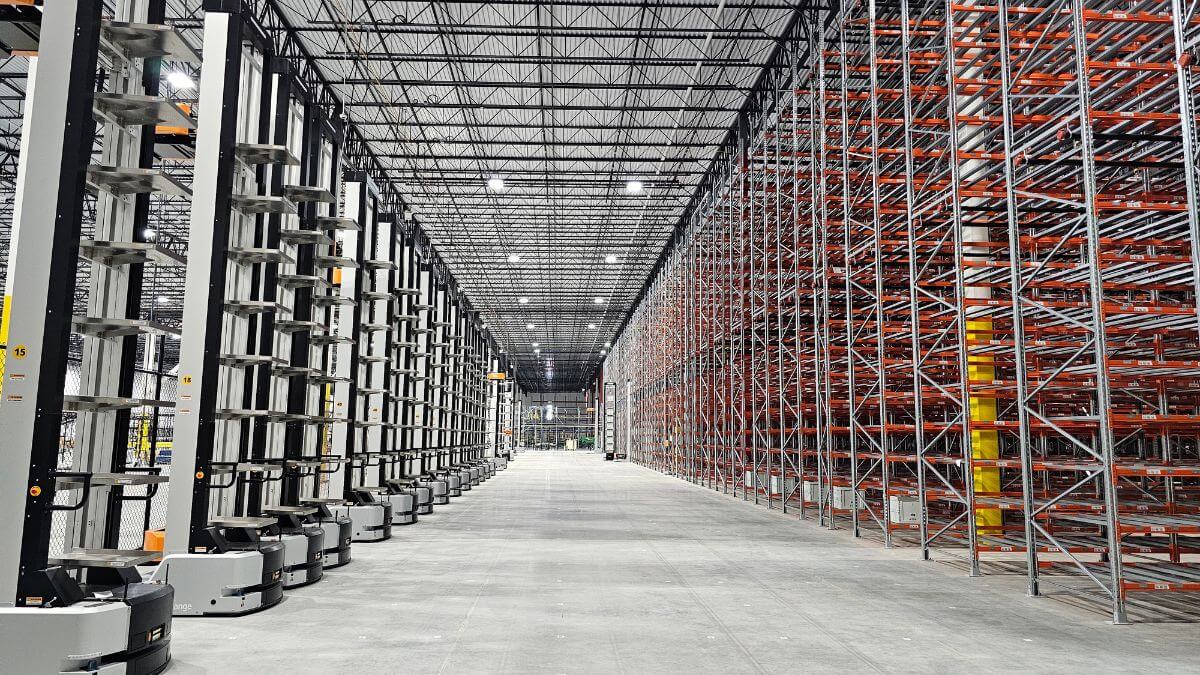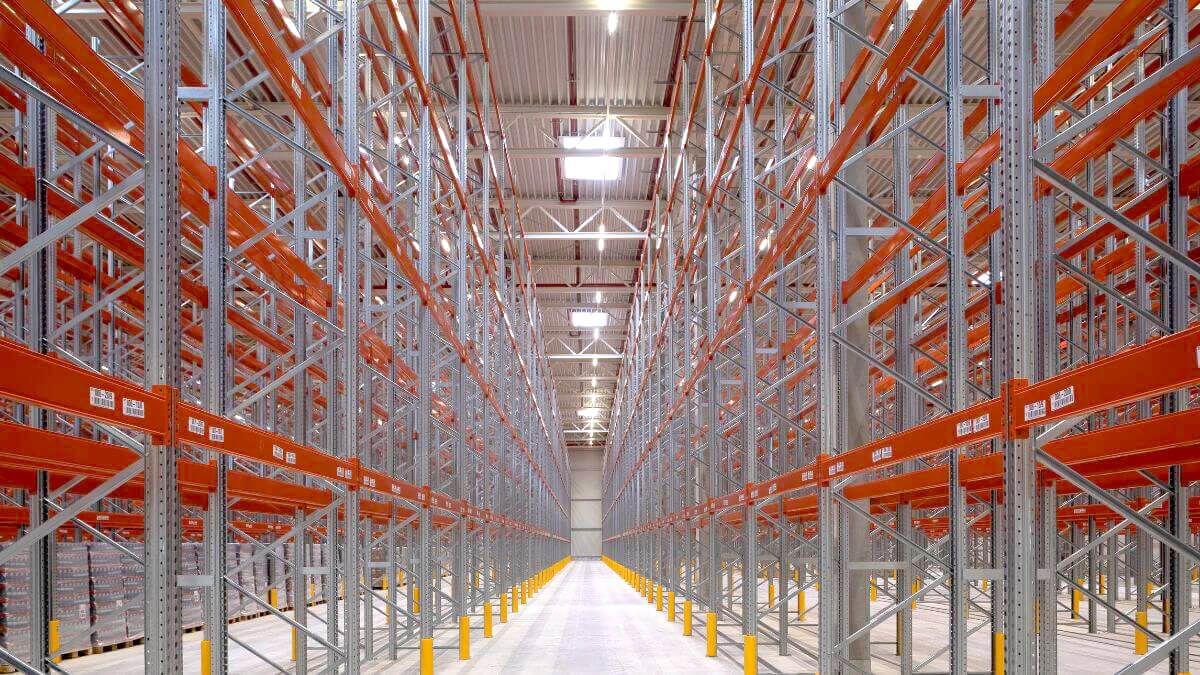The main objective of the order preparation process or picking in a warehouse must be to ensure that it is done correctly and error-free, and in the least time and with the resources available to the company.
With this in mind, there are several picking methods that seek to optimise this procedure according to the specific characteristics and needs of each company. We focus below on the batch picking system, outlining its uses, advantages and applications.
What is batch picking?
Batch picking is a system to be applied in the initial order preparation process, and with which, in the same goods collection process, several units of the same product reference belonging to different final orders are collected.
Warehouse operators will therefore collect product batches with the same reference, optimising the time and distance covered.
It is a system that facilitates bulk order preparation, ensuring that the process is performed as efficiently as possible, as the picking routes in the warehouse are greatly optimised.
Batch picking and wave picking: Very closely related concepts
Batch picking and wave picking are very similar methods, insofar as they both seek to optimise the goods collection process time for order preparation.
Batch picking is limited to unifying the collection of products with the same references for several orders, while wave picking organises order collection waves grouping the goods by a set criterion (weight, volume, carrier, end customer, etc.), assigning it a set time and operator responsible. It could be said that wave picking is a slightly more organised and complex system that requires a bit more prior planning but which enables a more orderly flow of traffic in the warehouse.
The only differences between one method and the other are these minor details, which sometimes mean these terms are used interchangeably to define the operation of the picking process in a warehouse.

Main advantages of applying batch picking in a warehouse
The main objective and benefit sought with batch picking is optimisation of time and distance covered in the warehouse, to ultimately achieve more efficient warehouse operations.
The main advantages of order preparation in batches are:
Time-saving
This is the key advantage of this method, as instead of preparing product orders individually it is done in batches, so the time dedicated to this process is optimised greatly.
Reduction in distances covered
Optimising operators’ routes in the warehouse reduces the distances that they have to cover and eliminates unnecessary journeys, reducing worker fatigue and minimising warehouse traffic.
Simple product access and collection
If batch picking is going to be applied in the warehouse, the goods must be strategically arranged on the industrial racking to facilitate collection and access to them, organising them by references to simplify batch preparation.
Here, correctly choosing the storage system to be installed is key, whether, for example, a manual system with direct access to all the unit loads such as longspan shelving is required or a more compact system such as carton flow rack systems is more suitable.
Increase in order shipment capacity
This advantage would be a direct result of the above advantages. If we manage to optimise the time, distances covered and access to the products, the company will have greater capacity to prepare and ship orders, which will boost the company’s efficiency, profitability and logistics competitiveness over the competition.
When should batch picking be applied in a warehouse?
Despite the advantages of batch picking, this method will only work in warehouses with certain conditions.
It is an ideal system in warehouses where orders are relatively homogeneous and in which there is not an excessive number of product references, which would otherwise make batch picking less effective. If there are many orders with the same reference, the system will be far more efficient as, after the batch collection process, order preparation and shipment will be extremely agile.
Batch picking will be far easier to apply if the unit loads are very similar in size to each other and of a volume and weight that allows trouble-free manual handling.
The batch picking method is widely used in e-commerce companies because they fulfil most of the above requirements and it helps streamline this process and make it more precise.

Types of batch picking
Batch picking can be carried out in various ways which, despite maintaining the common essence of the method, has differences to be considered before its implementation in the warehouse.
In short, the differences between the 3 systems presented below are that they are based on the principle of the traditional system in which only the goods are collected, to become more complete systems that include the order consolidation and packaging process.
Conventional batch picking method
In conventional batch picking, the operator only collects the product batches defined without carrying out any other action. Once all the batch units have been collected, these products are transferred to a specific area in the warehouse to perform the consolidation process and subsequent packaging and shipment of the orders.
Its main advantage is that the collection process is simplified and streamlined, and the number of products collected in each batch can also be increased too.
Pick-to-cart method
The pick-to-cart method incorporates the consolidation process when the goods are collected. The operator moves around the warehouse on a shuttle equipped with various drawers associated with the orders to be prepared, collecting each reference from the picking solutions and depositing it in the appropriate drawer performing the consolidation at that moment.
Just the order packaging process is carried out later in a specific area.
Pick-to-box method
The pick-to-box system adds the packaging phase to the equation. In this method, the shuttle that transports the operator already has prepared the cartons or packages that will be sent as the final order. The operator therefore collects the goods and consolidates and packages the order in the same stage.
This method is far more complex, particularly in the initial planning phase, because the size of the package in which the order will be sent needs to be defined firstly, and the number of those packages that can be transported by the operator when performing batch picking calculated too.
If your warehouse requires manual picking solutions to optimise the storage or order collection process, do not hesitate to contact our team of professionals here.













